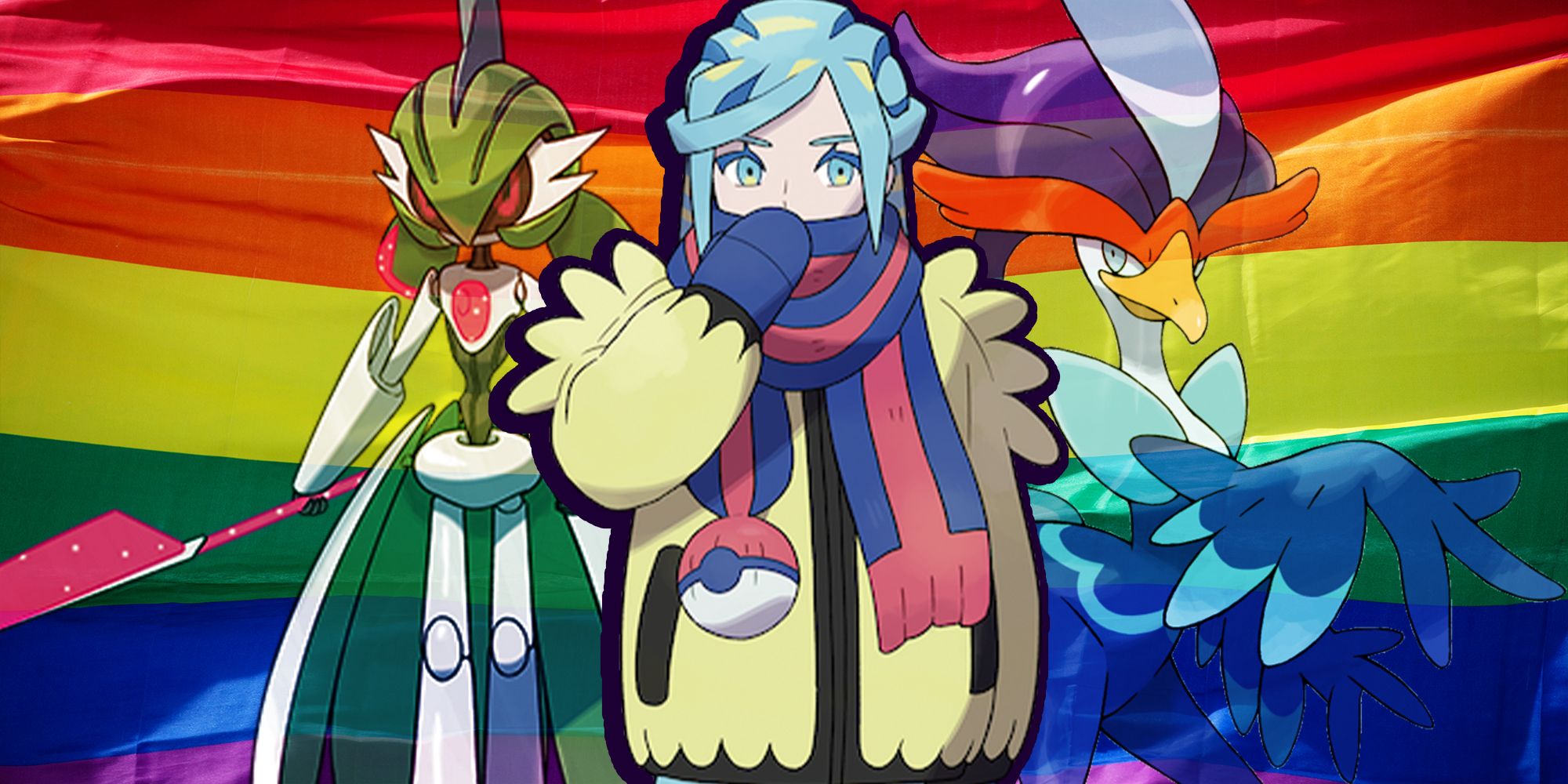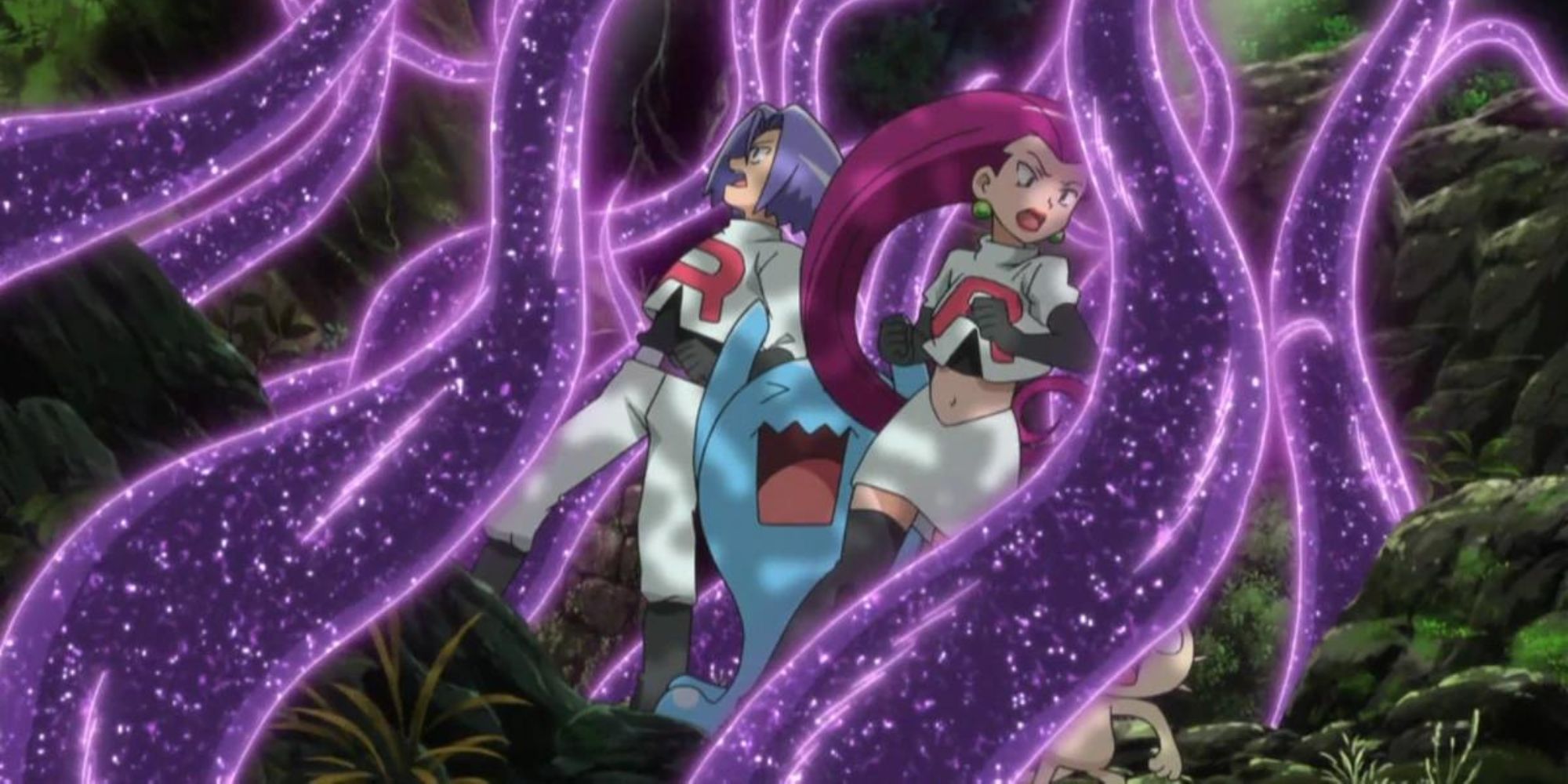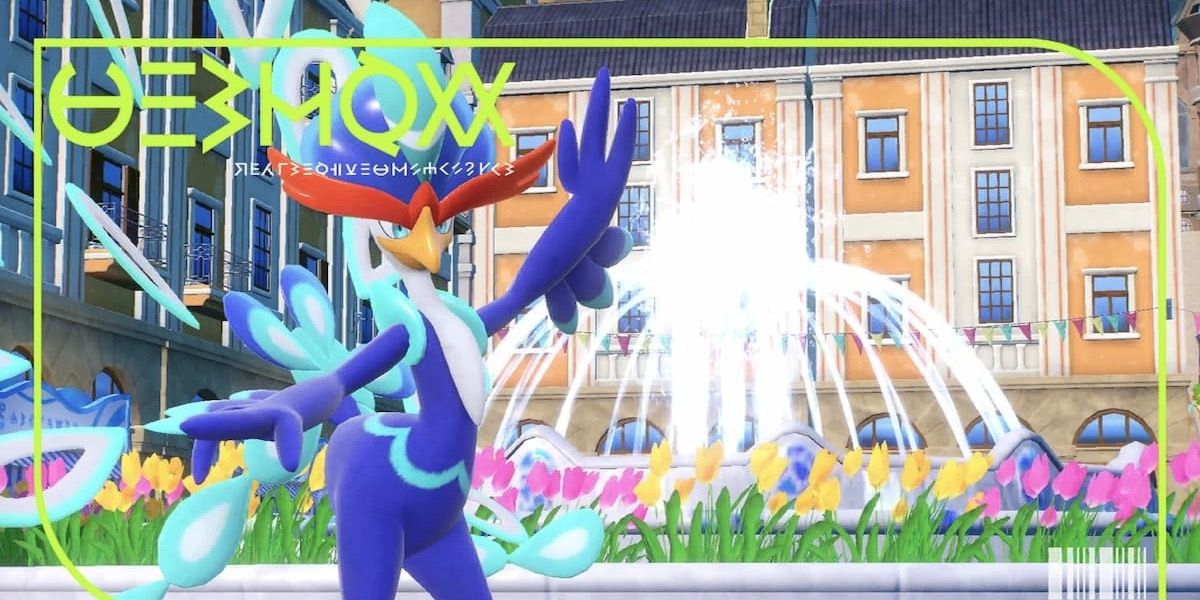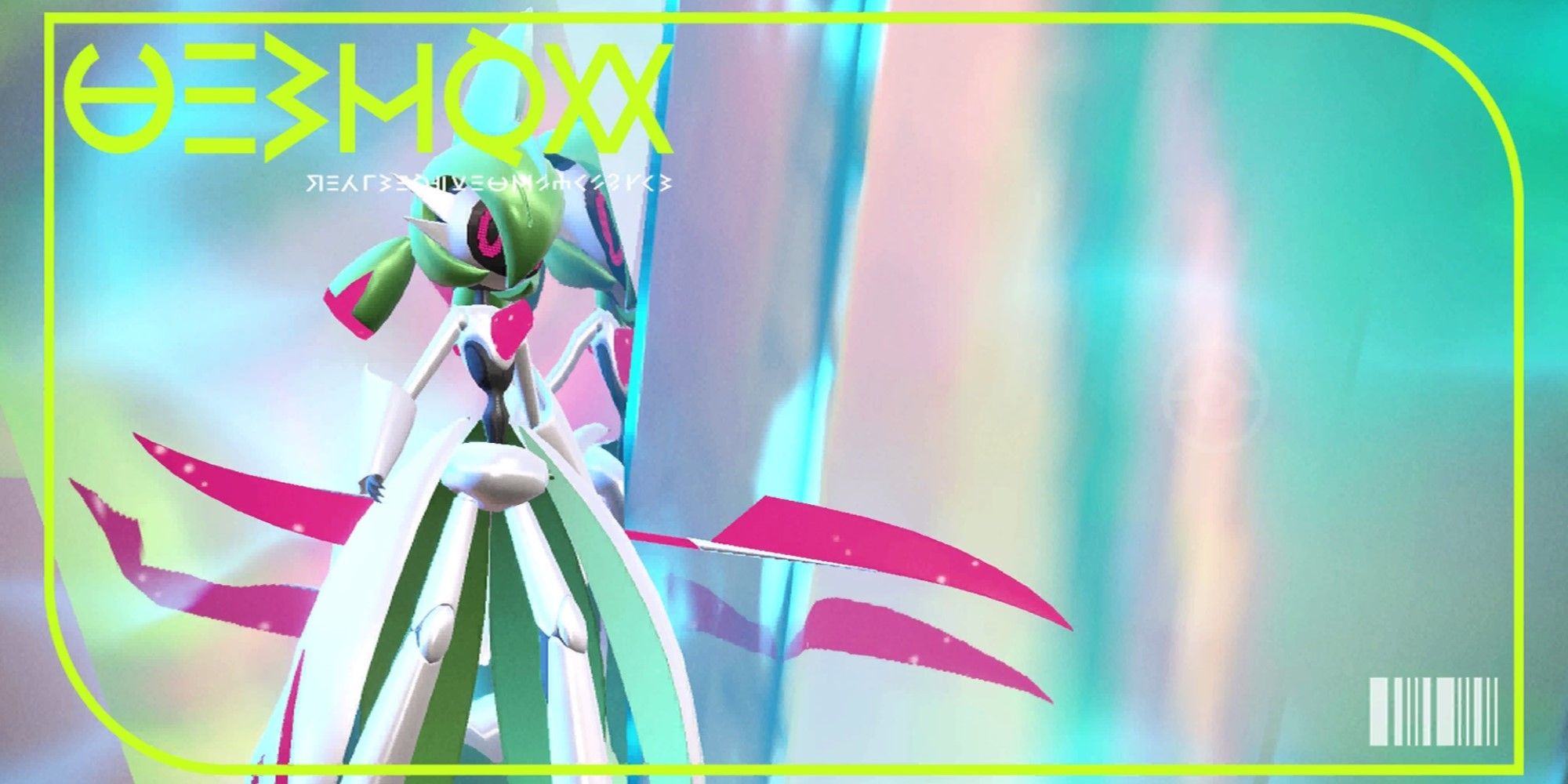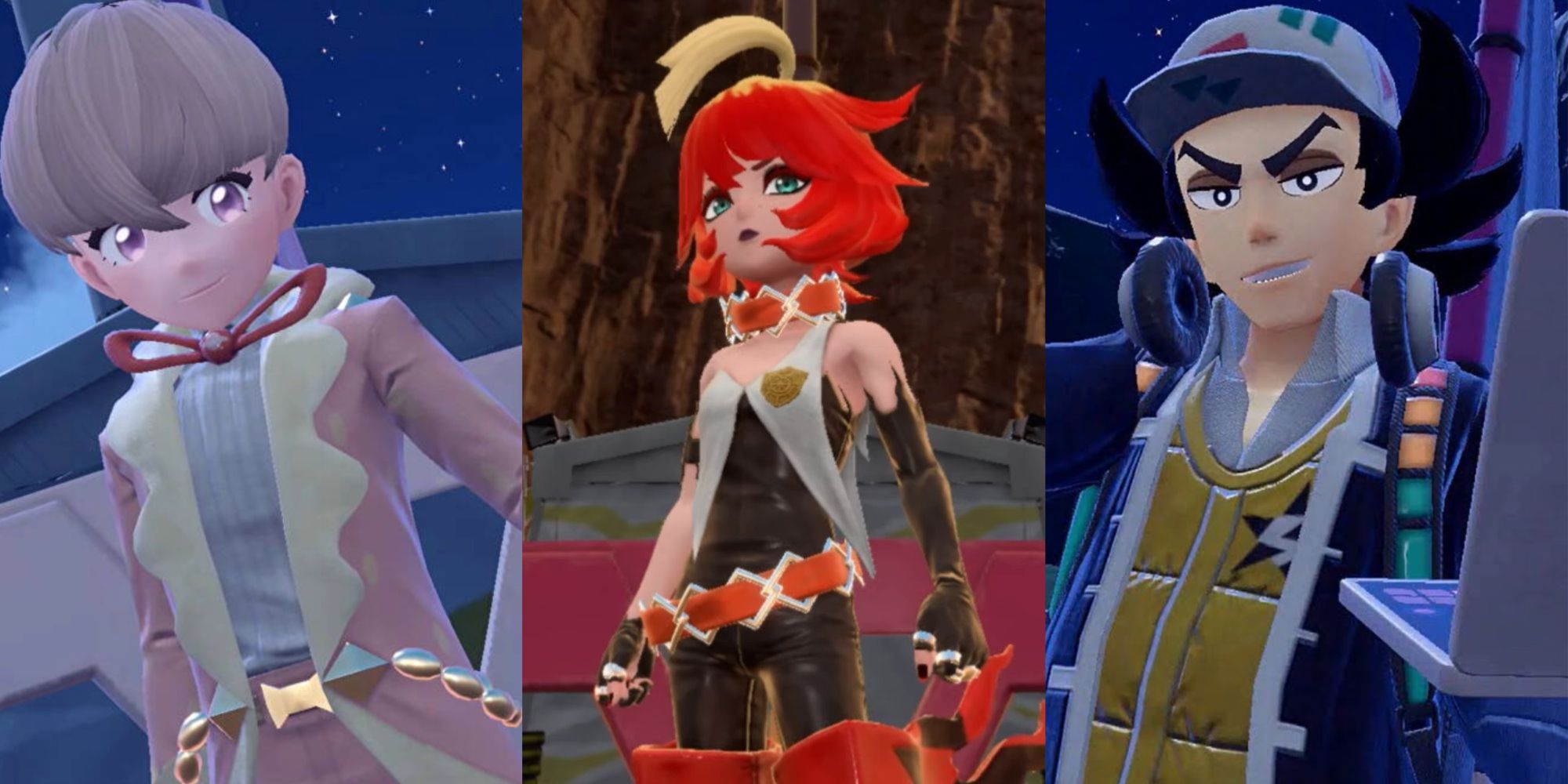Progress for Pokemon has never been a straight path. While the series' latest installment was riddled with bugs and glitches, it also gave fans new mechanics, new Pokemon, and some much-needed quality-of-life improvements. As welcomed as these changes were, its biggest and most unexpected improvements may be its queer representation.
Pokemon has never shied away from using its designs and story to send a powerful underlying message. For example, the Ghost-type regional variant of Corsola introduced in Gen 8 was a stark warning about the impacts of climate change on our environment. Paldea has an equally powerful statement on the importance of queer culture and gender representation.
In fact, Pokemon Scarlet & Violet may be the queerest Pokemon game we’ve seen yet, which says a lot for a franchise that gave us gay icons like Sylveon and Team Rocket. While previous games gave subtle endorsements, Paldea takes pride in its queerness through its rejection of Heteronormativity, celebration of drag, and gender inclusivity.
Right out of the gate, Gen 9's celebration of queer culture can be seen in the ostentatious Water-type starter Quaxly. This dapper duck’s “new twink on the block” look and signature hair flip are already subtle references to its innate queerness, but it gets even gayer when it evolves into the flamboyant flamenco-dancing peacock, Quaquaval.
Its design was met with mixed reactions upon reveal, but it was instantly adopted by the queer community as a drag ballroom Icon. TikToks immediately began circulating, likening its sassy steps to vogue competitions by adding Here Comes the Hurricane as a theme song to its catwalk.
As if that wasn't enough, its Pokedex entry discusses a unique rivalry with Tsareena, the meanest plant queen with boots made for walking. The natural confrontation created by the lore implies ballroom dance-off battles between these two high femmes are commonplace across Paldea, which is a clear diversion from the heteronormativity typically given to fictional wildlife.
While Quaquaval is one of the most queer-positive designs in Paldea, it's certainly not the only one. Maushold is not only a pest for both competitive players but also for the heteronormative family structure.
Both Maushold and Tandemaus are genderless groups of mice that are meant to represent a growing family. While it would have been easy for Gamefreak to add gender-defining details like a bow or skirt and present this as the hetero family structure, they decided to dress one in pants and the other in a shirt. In other words: a top or a bottom.
Genderless Paradox Pokemon also send a strong message about gender. The mere fact that both past and future forms are genderless implies that gender is simply a social construct made to understand the present but is not critical to a peaceful existence.
Iron Valiant may be the most emblematic of this, since it's a mixture of Gallade and Gardevoir. Combining some of the most gendered designs in the franchise into an androgynous automaton sends a validating message to Non-Binary players.
This subversion of hetero expectations doesn't stop there; the story characters reiterate the same message. Take the Home Economics teacher Saguaro for example. To see this macho man in an apron teaching Home Ec sends a strong message about gender roles, and his pink color scheme only reiterates it further.
In fact, there are a plethora of genders presented in Paldea. Grusha, Rika, Penny, and the entirety of Team Star all showcase unique representations of gender, and Paldea is full of powerful masculine women and effeminate men who aren’t used as cheap punchlines - even down to the character models used for the NPCs. It makes Paldea seem like a queer utopia where the entire gender spectrum is celebrated.
Combine all of this with Paldea’s approach to the player’s gender identity, and this message becomes even more distinct. Scarlet & Violet asks the player not to choose a gender but rather a slightly customizable ‘look’. While these options were relatively limited, players can choose from all hairstyles and makeup options available, regardless of the ‘look’ chosen at the beginning of the game.
For all its faults, Pokemon Scarlet & Violet is a massive leap in the right direction when it comes to gender inclusivity and breaking heteronormative structures. With such a strong queer fanbase, it's fantastic to see the love returned by its creators. Games like Pokemon are a common escape, especially for queer gamers, and creating an environment where unique gender expressions and queerness are celebrated not only helps make up for the game’s many glitches but also sends a powerful message of solidarity and love to every queer trainer.
It's incredibly important to promote this kind of inclusivity, especially in games meant for all ages, as they have the potential to shape future generations. Queer Pokemon fans can only hope that the series continues in this direction, but as of right now, the Paldean pride parade is by far the best in the Pokemon World.

